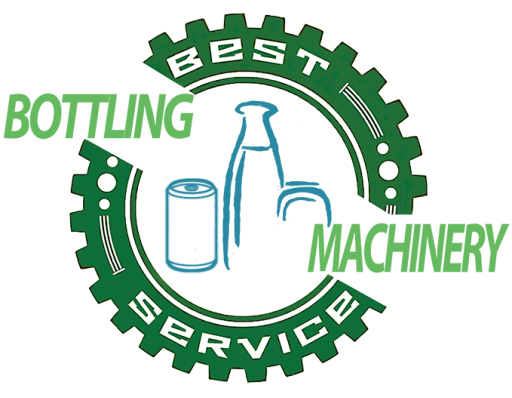# Fully-Automatic water bottle filling plant
Understanding the Mechanism of Fully-Automatic Water Bottle Filling Plants
Fully-automatic water bottle filling plants are designed to streamline the bottling process, ensuring efficiency and precision. These systems consist of several integrated components, including a bottle unscrambler, filler, capping machine, and labeling machine, all working in harmony to increase productivity. The automation minimizes human intervention, which not only reduces labor costs but also enhances consistency in production quality.
The core principle behind these filling plants lies in their advanced technology. Utilizing sensors and programmable logic controllers (PLC), the machines can accurately measure liquid volume and control the filling speed. This ensures that each bottle receives the exact amount of liquid, significantly reducing waste and preventing overfilling. Moreover, the automation allows for adjustable settings, accommodating various bottle sizes and shapes without requiring extensive manual adjustments.
In addition to efficiency, these plants are designed with hygiene in mind. The components are constructed from food-grade materials that meet industry standards, ensuring that the bottled water remains uncontaminated throughout the filling process. The integration of water treatment systems further guarantees that the water quality is maintained at a high standard before it even enters the filling line.
For more product details, please click: https://fillingbottling.com/product-category/product/
Key Components and Structure of the Filling Plant
A fully-automatic water bottle filling plant comprises several key components that work synergistically. The initial stage involves the bottle unscrambler, which organizes and positions the bottles for filling. This machine can handle various bottle types, ensuring a seamless flow into the production line. Its efficiency reduces downtime, allowing for continuous operation.
Following the unscrambler, the filling station employs a state-of-the-art filling machine. Depending on the product being filled—such as bottled water, juice, or carbonated drinks—different filling technologies may be used, including gravity filling, pressure filling, or volumetric filling. Each method is designed to cater specifically to the properties of the liquid, ensuring optimal filling performance.
Once filled, bottles move to the capping and labeling stations. The capping machine securely seals each bottle, preventing leaks and maintaining product integrity. Subsequently, the labeling machine applies accurate labels, providing essential information to consumers while enhancing brand visibility. Together, these components create a streamlined operation that enhances productivity and product appeal.
Applications and Benefits of Fully-Automatic Filling Systems

The applications of fully-automatic water bottle filling plants extend beyond bottled water; they are versatile enough to handle various liquids, including juices, carbonated drinks, and sauces. This adaptability makes them an excellent investment for companies looking to diversify their product offerings without significant changes to their existing infrastructure.
One of the primary benefits of utilizing a fully-automatic filling system is the significant increase in production speed. With the ability to fill, cap, and label hundreds of bottles per minute, businesses can meet growing market demands efficiently. Additionally, the scalability of these systems allows companies to easily adjust production capacity as their business needs evolve.
Moreover, implementing such advanced technology can lead to substantial cost savings over time. By minimizing waste, reducing labor requirements, and improving operational efficiency, businesses can increase their profit margins. Investing in a fully-automatic water bottle filling plant is not just about enhancing current operations; it’s a strategic move towards future growth and sustainability in the competitive beverage market.
